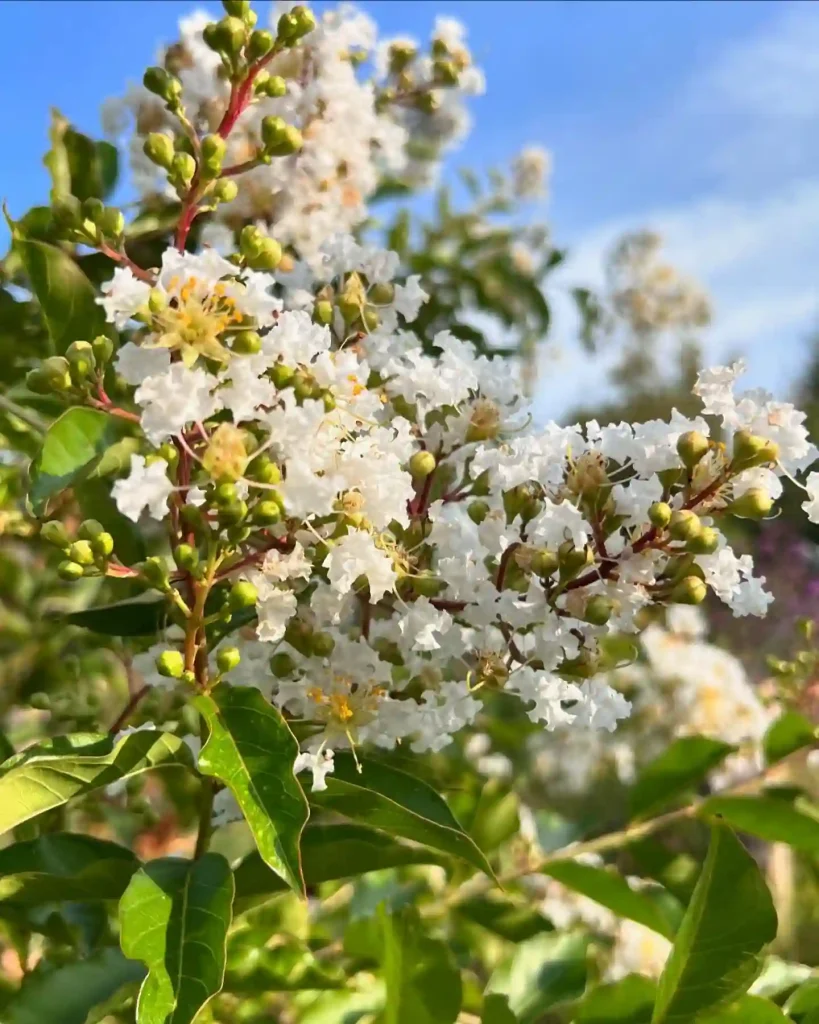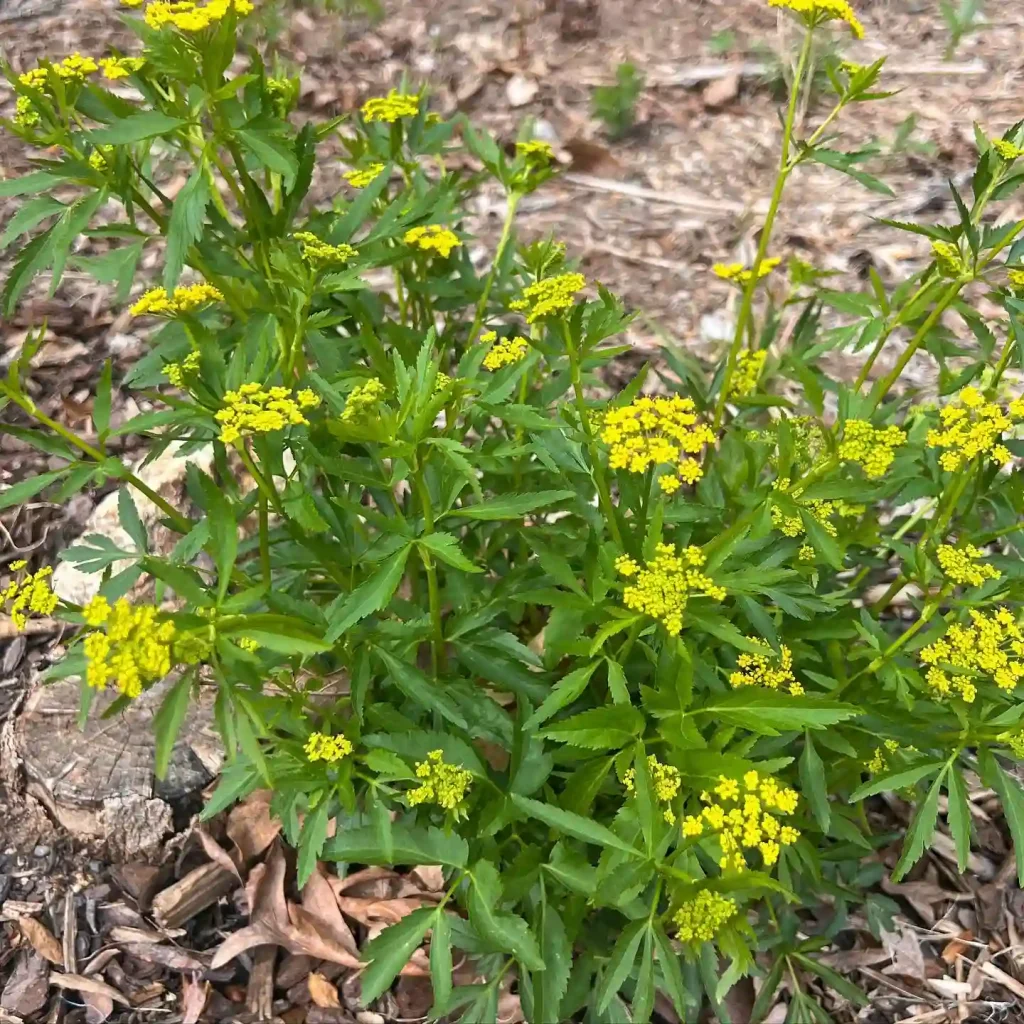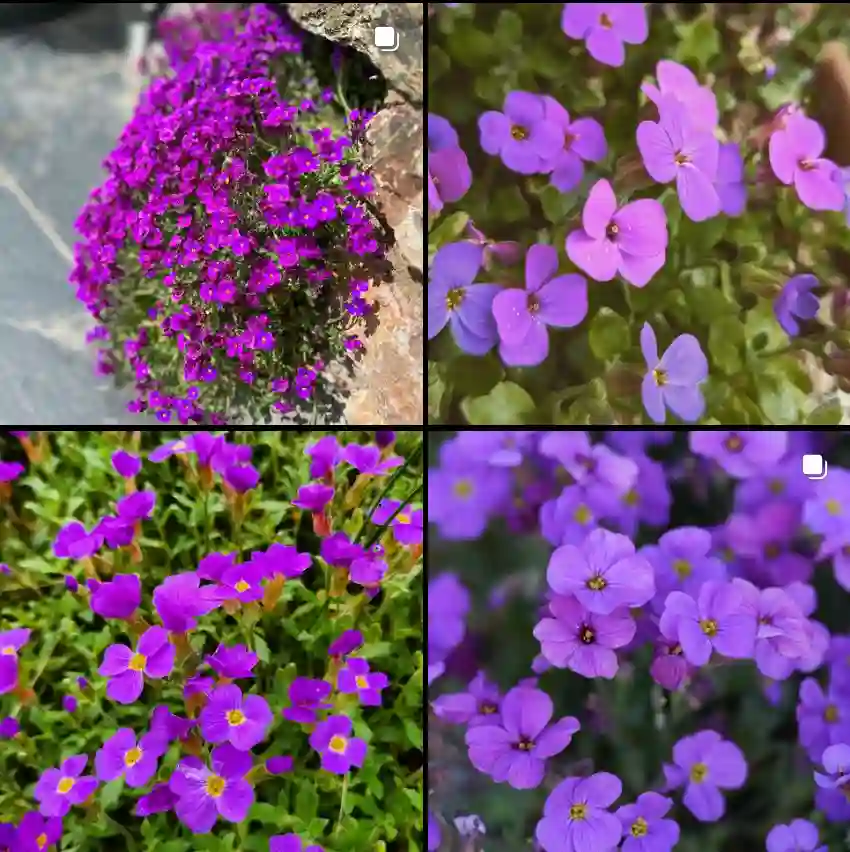Texas Ash (Fraxinus Albicans): A Frequently Asked Questions Guide
Hi, I’m Ferb Vu, and I’m here to answer your questions about the Texas Ash (Fraxinus Albicans). This resilient tree, native to North America, is a fascinating addition to any landscape. Whether you’re a seasoned gardener or just starting your botanical journey, this guide will equip you with the knowledge to cultivate this unique species.
63 Species in Genus Fraxinus – Ash Tree
What is a Fraxinus Albicans?
Fraxinus Albicans – The Texas Ash is a small- to medium-sized deciduous tree belonging to the olive family (Oleaceae). It thrives in the dry, rocky slopes of eastern Texas, southern Oklahoma, and stretches down to the state of Durango in Mexico. Often found clinging to limestone cliffs, this tree boasts a dense, attractive canopy and brilliant fall foliage.
Confusing Identity: The Texas Ash shares a close resemblance to its cousin, the White Ash (Fraxinus americana). In fact, some classify it as a mere variety of the White Ash. However, subtle differences exist. The Texas Ash prefers drier habitats, while the White Ash flourishes in moist bottomlands.
How Big Does a Texas Ash Get?
On average, a Texas Ash matures at a height of 30-45 feet, with a spread that can reach up to 30 feet. Its compact size makes it ideal for smaller yards or urban landscapes.
Can I Plant a Texas Ash in My Yard?
The Texas Ash is an excellent choice for gardeners seeking a low-maintenance, drought-tolerant tree. Here’s what you need to consider:
- Climate: This tree thrives in hot, dry climates similar to its native habitat. It tolerates some cold but might struggle in freezing temperatures.
- Light: The Texas Ash prefers full sun but can tolerate some afternoon shade.
- Soil: This adaptable tree flourishes in various soil types, including rocky, sandy, and clay soils. However, well-drained soil is crucial.
- Watering: Once established, the Texas Ash is remarkably drought-tolerant. Occasional deep watering during extended dry periods is sufficient.
Planting Tips: Plant your Texas Ash in a location receiving at least 6-8 hours of sunlight daily. Ensure the soil drains well and amend it with compost if necessary. Water deeply during the first few years to establish a strong root system. After that, supplemental watering should be minimal.
How Does a Texas Ash Care for Itself?
The Texas Ash is a self-sufficient tree requiring minimal care. Here’s a basic rundown:
- Pruning: Prune young trees for proper form and remove any dead or diseased branches as needed. Mature trees generally require minimal pruning.
- Fertilization: Fertilizing is not necessary unless your soil is particularly poor. A light application of balanced fertilizer in early spring might suffice.
- Pests and Diseases: The Texas Ash is relatively pest and disease resistant. However, keep an eye out for common ash tree pests like emerald ash borer.
Does the Texas Ash Have Any Special Features?
Beyond its drought tolerance and adaptability, the Texas Ash offers several unique features:
- Fall Color: This tree puts on a dazzling display in autumn, with leaves turning vibrant shades of yellow, orange, and red.
- Wildlife Habitat: The Texas Ash provides food and shelter for various birds and small mammals. Its flowers attract pollinators like bees and butterflies.
- Hardiness: Texas Ash wood is known for its strength and durability, making it a valuable resource for specific applications.
Where Can I Find a Texas Ash?
Texas Ash trees might be available at your local nursery, particularly those specializing in native plants. Alternatively, online retailers specializing in rare trees might offer them.
By following these simple guidelines, you can cultivate a beautiful and resilient Texas Ash in your landscape. This low-maintenance tree will reward you with its beauty, ecological benefits, and drought-resistant charm for years to come.
If i die, water my plants!



